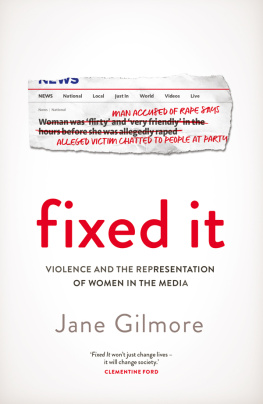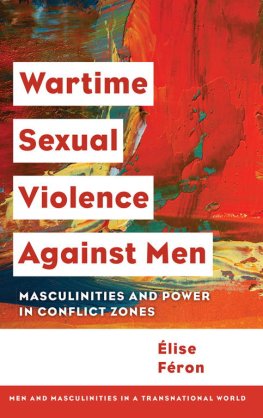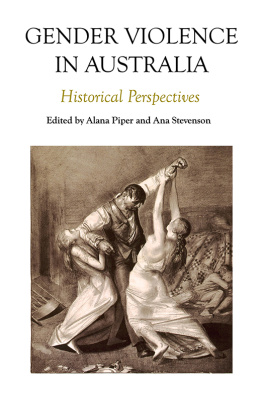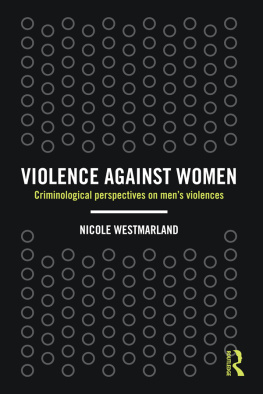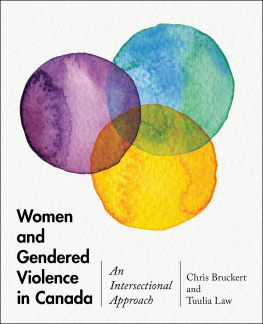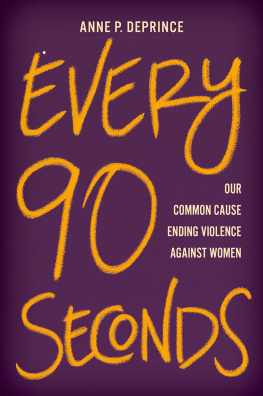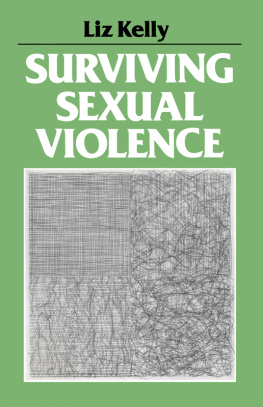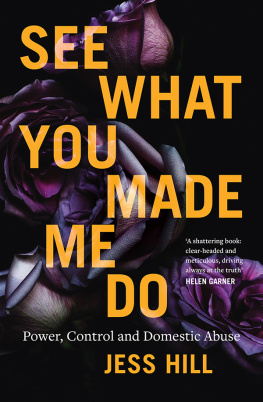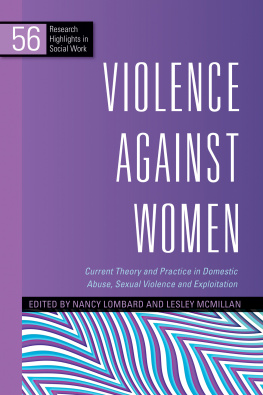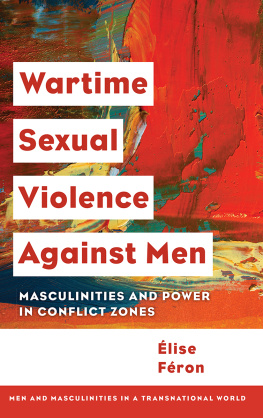To my mother, who taught me how to think, and Margaret Simons, who taught me how to write
Introduction
I slid into journalism sideways on a banana skin. When I was in Year Eleven I was offered a cadetship at The Age . After many arguments with my mother, and some adolescent door-slamming, I finally agreed to finish school first and apply for the cadetship again after I graduated. I did finish school but didnt get the cadetship. It was fifteen years before I came back to journalism. In those fifteen years I travelled a bit, had children a bit, worked a bit, got an undergrad in accounting and finally came back to journalism one night in a pub after an air guitar competition.
Our local wine bar, The King of Tonga, used to run trivia nights and talent competitions, as well as the aforementioned air guitar competition. After wed finished applying all the neck braces to the heavy metal fans, and downed more than a few drinks, someone suggested the bar needed its own newspaper to report on vital issues such as who won the air guitar competition, who should have won the air guitar competition and who had been bribing the judges with free pints during the air guitar competition. Thus, The Kings Tribune was born.
The first issue was a double-sided A4 page, full of typos, with an amateur layout and genuinely terrible writing. It slowly got bigger and better, but no less full of typos. After six months, we took it out of the bar, picked up some local advertising and turned it into a small local newspaper. A year later we were distributing it across Melbourne as a snappy little zine that covered politics, current affairs and social commentary. Three years later it was a full-size glossy magazine with a national subscriber base. By this stage advertising and subscriptions were very nearly covering our costs. My accounting degree had helped me land a boring but well-paid job playing with spreadsheets, so I was able to afford a media hobby. The Kings Tribune went online in 2008 and continued until 2014 as a semi-successful independent publication. We published some amazing writers some of whom had never been published before and are now writing professionally and I am still proud of the journalism we did. We were heavily critical of mainstream media and had all the arrogance of ignorance and passion. After seven years of barely staying afloat, The Kings Tribune was hit by the same financial challenges that were facing all media outlets at the time. The changing digital landscape meant advertisers no longer needed us, and subscribers werent enough to keep us going. I fought it longer than I should have, and finally, in September 2014 I killed my darling. But I wasnt done with writing news. I packed in the safe and boring spreadsheet job and started a career as a freelance journalist.
Id been skating around the edge of mainstream journalism long enough to know how difficult it can be. But I was also far enough from the traditions of media to see the problems bias and sexism created, especially when they were reporting on mens violence against women.
In July 2013 a woman called Tracy Connelly was murdered in Melbourne. It made headlines in most of the national newspapers, all of which used some variation of the phrase St Kilda Prostitute Killed. The story dropped off the front page of every website within a day.
Less than a year before Tracys murder, another woman, Jill Meagher, was murdered. Remember Jill? How could we forget her? So young, so beautiful, so beloved, so normal. The reporting reached saturation with a gorgeous photo of her happy, smiling face. We saw footage of her poor, heartbroken husband and heard the shocked and trembling voices of her colleagues at the ABC. The coverage went on for weeks. It made her a real person to everyone who read about her murder.
But what about the St Kilda Prostitute? Was she not just as much a person as Jill? Tracy Connelly was forty years old when she was murdered. She lived just a few streets from my house. Tracy was real; she was a person, she had a community who valued her and a boyfriend who loved her. Why was she so dehumanised in the coverage of her murder?
The answer is, of course, all too obvious. She wasnt a person, she was a prostitute. The news stories sensationalised some aspects of her life her line of work and ignored all the parts of her life that made her a person, the things the coverage of Jill Meaghers included that humanised her so thoroughly.
The way the media chose to frame Tracys story, by constantly referring to her as a prostitute, suggested that in some way she deserved what happened to her. That she should have known better, and that she was asking for trouble by doing the work she did.
The opening lines of a story about her murder in The Age in July 2013 read:
Tracy Connelly had walked St Kildas red light district for at least a decade and knew her work was dangerous. In 2005, her minder was run over by a man who was angry that she refused to get in his car, Ms Connelly once told a court.
What if, instead of St Kilda Prostitute Brutally Murdered, the headline had been: Tracy Connelly Brutally Murdered in Her Home Yesterday?
What if theyd led with a photogenic image of Tracys beautiful, pale, smiling face and this paragraph:
Tracy Connellys traumatised boyfriend discovered her body in their home yesterday afternoon. There was no sign of forced entry and police believe she may have been killed by someone she knew. Tearful friends talked about what a caring, loving person Tracy was, and how devastated their community is by this horrible crime.
Would Tracy be a person to us then? Would she be so easily forgotten? Or would we have to wait until her killer, like Adrian Bayley, attacked a white, middle-class woman for the world to remember that a murdered woman is a person? That no person asks for or deserves murder, or any other form of attack. That blaming the victim is never acceptable, regardless of their profession, clothing, activities or housing circumstances.
Being a sex worker is dangerous. But its not as though sex workers are surrounded by dangerous chemicals or heavy machinery or wild animals. Its dangerous because they are working with men. Their work makes them vulnerable to the sort of men who want to be violent to women who have little means of defending themselves. Its not the people who do sex work who cause the danger. Its the men who take advantage of their circumstances to commit violence. But the underlying assumption, that sex workers are responsible for the violence done to them, is reproduced and exacerbated by news media reports.

